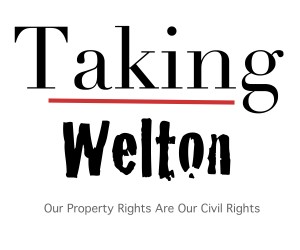Tax Increment Financing (TIF) Explained
“What is a TIF district? Is it a tax increase?
TIF stands for Tax Increment Financing. A tax increment is the difference between the amount of property tax revenue generated before TIF district designation and the amount of property tax revenue generated after TIF designation.
Only property taxes generated by the incremental increase in value of TIF district are available for TIF projects. Tax rates do not change when a TIF is created. TIF districts do not increase taxes.
Creating a TIF does not reduce property tax revenues available to overlapping taxing bodies like schools. Property taxes collected on properties included in the TIF at the time of its designation continue to be distributed to the school districts, park district, library district, and other taxing districts and are not reduced by the TIF creation. Only taxes derived from future growth that would not have occurred, “but for the TIF” go to TIF projects.
History of TIF Districts
In the 1960’s and 1970’s, the federal and state governments, including Illinois, began cutting back economic development programs that cities could use to revitalize communities. TIF districts are one of the few remaining tools that local governments can use to attract new business, invest in infrastructure and rebuild blighted areas. TIF districts are a popular and effective redevelopment tool, used in 47 states across the country and in over 250 Illinois cities.”
Village of Schaumburg 2014.
